(Note from Kevin: A few years ago, I was a reviewer for The Graphic Classroom. I really enjoyed the way we look at graphic novels with a lens towards the classroom. The site got taken over by another site, and then … I guess the owner of The Graphic Classroom stopped doing what he was doing. Which is fine. But I still had some reviews “sitting in the can” so I am finally digging them out to share out here.)

Story Summary: Stephen McCranie’s graphic novels about Mal and Chad (a boy and his dog) are a nice balance between solid storytelling, gentle humor, and the difficulties of being a smart kid in a typical world that still frowns on genius. Mal, the protagonist of McCranie’s series of books (FOOD FIGHT being the second in the series), is an overly intelligent boy who hides his smarts from his family and the world for fear of being further ostracized from kid culture than he already is. Chad, his dog, is his faithful, talking friend who gives advice to Mal. The books capture the two friends as they off on adventures. In MAL AND CHAD: FOOD FIGHT, the main story centers around a series of bad dreams that Chad is having, involving a lion on the loose, and Mal is determined to help Chad overcome his fears. So, he invents a device that allows him to enter Chad’s dreams to help his canine friend confront the lion, and his fear of cats. Unfortunately, things go awry, and the genius boy and his dog scramble to save the day. Secondary stories here involve Mal’s difficulties in making friends at school, but even that story arc is told gently, with humor and with respect for McCranie’s character, who often comes across with a bit of Calvin (from Calvin and Hobbes). That’s not a bad thing at all.
Art Review: One look at the boy, Mal, will reveal the influence of Japanese Manga art on McCranie and his vision of Mal. With bulging eyes and a large round face, Mal is very expressive. And Chad is cute, too, as a little white dog with a smile on his face. The black-and-white inside pages are filled with interesting uses of panels and perpectives, and when the lion appears, McCranie wisely uses the extended length of the frames to make the creature loom large in both Mal and Chad’s vision, but also ours, the reader.
More Information
• Reading level: Ages 8 and up
• Paperback: 224 pages
• Publisher: Philomel; Original edition (January 19, 2012)
• Language: English
• ISBN-10: 0399256571
• ISBN-13: 978-0399256578
In the Classroom: MAL AND CHAD: FOOD FIGHT is a thoroughly enjoyable story, and McCranie successfully weaves in the main plot with minor storylines that bring out the full character of Mal to the reader, even if they have not read the first MAL AND CHAD book. From a teaching standpoint, the influence of Manga on the art of the graphic novel might be worth pointing out. But from the standpoint of talking about kids who are different, Mal is a perfect example of a kid who feels left out the social circles and is trying desperately (and humorously, at times) to connect in with his peers. This storyline might open up some interesting dialogue in the classroom.
My Review: I really enjoyed MAL AND CHAD: FOOD FIGHT and look forward to reading more of Stephen McCranie’s work in this series. This collection of MAL AND CHAD books is perfectly attuned to the upper elementary school audience, with no violence or profanity to worry about. I highly recommend MAL AND CHAD: FOOD FIGHT for the classroom or school library.
Peace (with yer dog),
Kevin



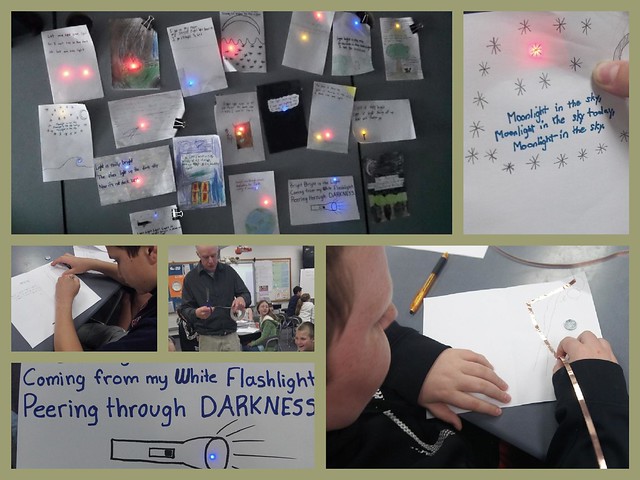

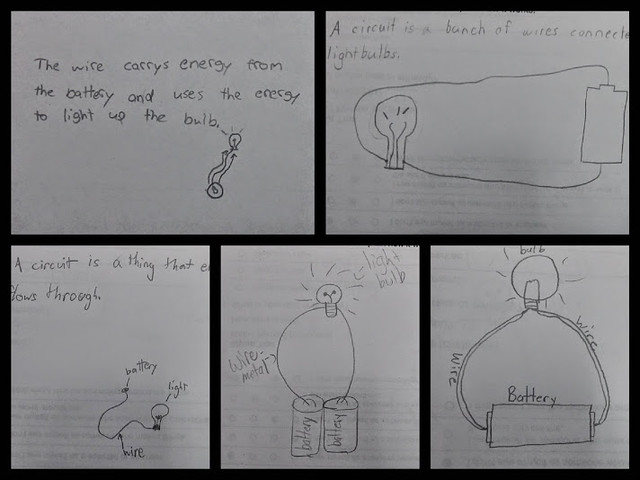
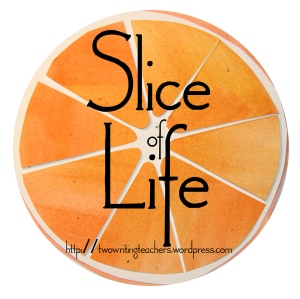
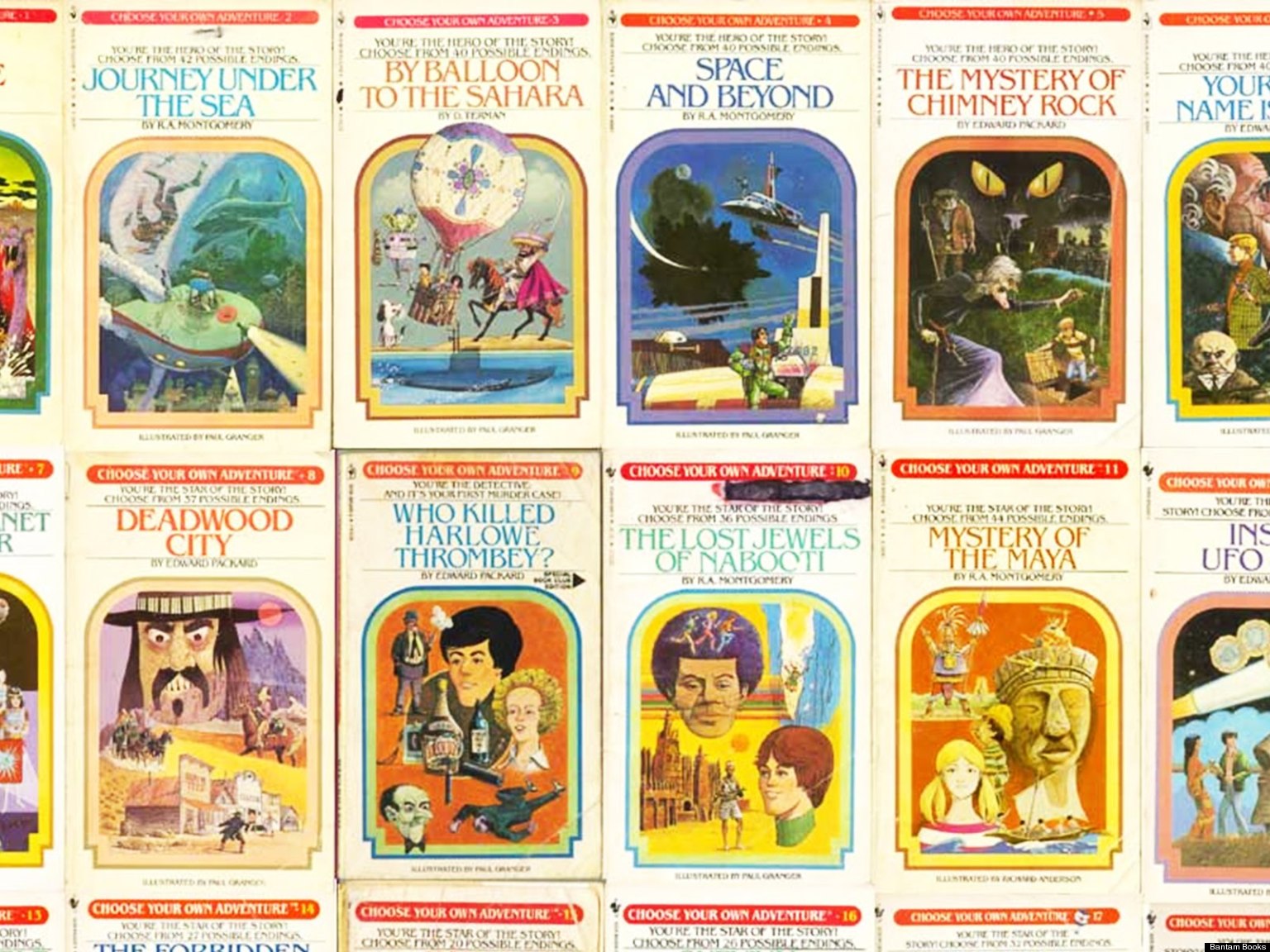 The key is not just the reading, but the writing of these stories. Yesterday, I brought two of my classes into the freeware called
The key is not just the reading, but the writing of these stories. Yesterday, I brought two of my classes into the freeware called 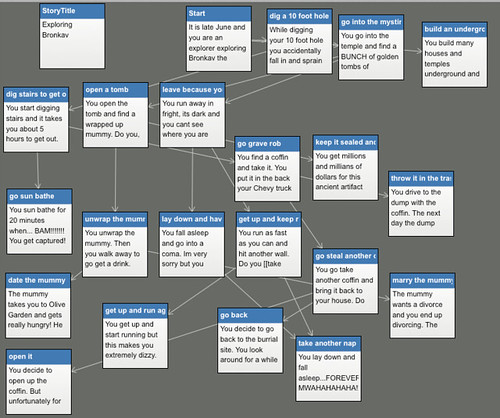 There was so much laughter and discovery yesterday as I told them “to play” with the software and not worry about the project. Just go on and make something. Make a story, build branches and see what works and what doesn’t work. Ask questions.
There was so much laughter and discovery yesterday as I told them “to play” with the software and not worry about the project. Just go on and make something. Make a story, build branches and see what works and what doesn’t work. Ask questions.